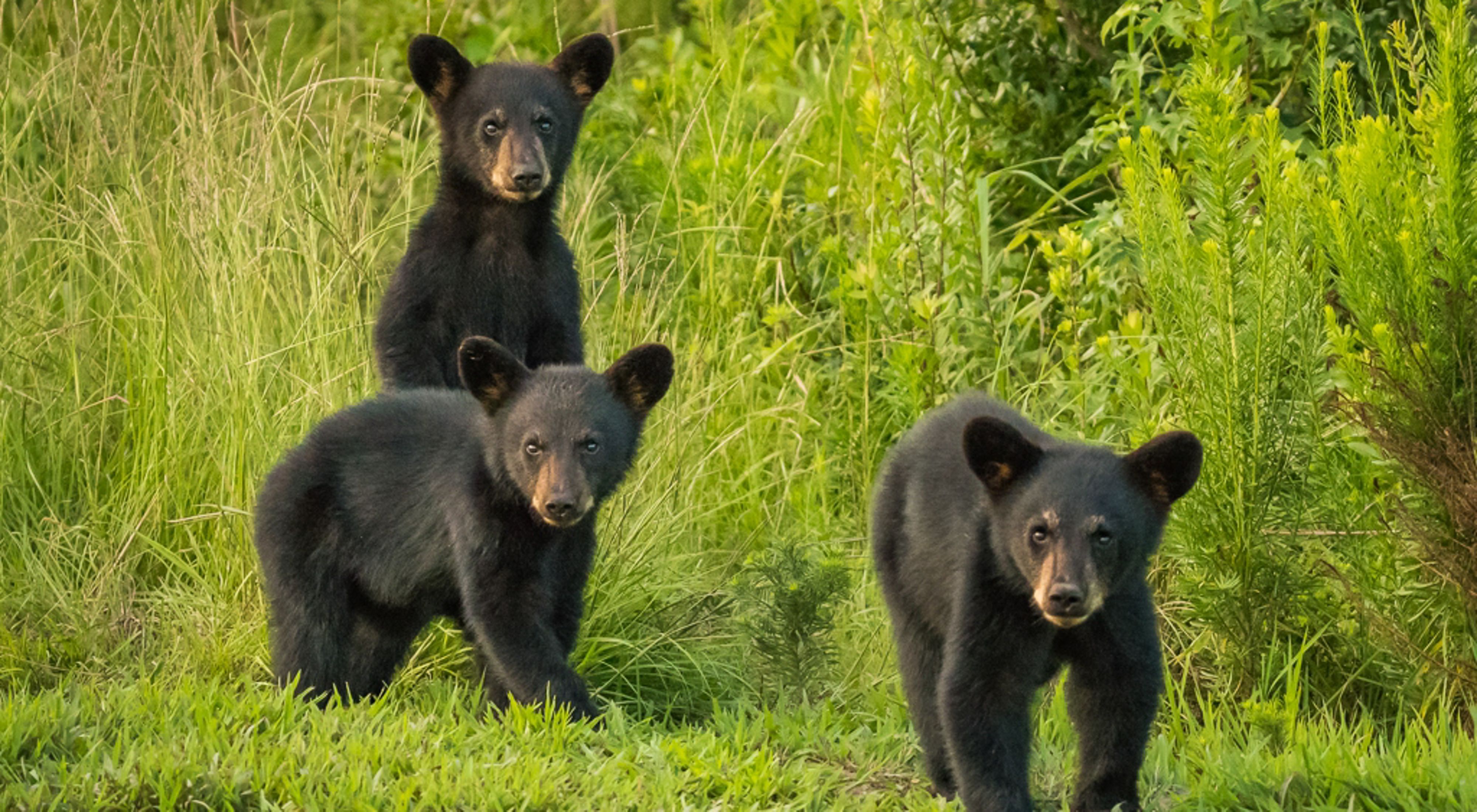State's Largest Carolina Bay Becomes Part of the U.S. Refuge System
Carvers Bay represents the latest addition to Waccamaw National Wildlife Refuge.
Media Contacts
-
Jennifer Howard
Steward Terra Communications
Phone: 843-709-4192
Email: jen@stewardterra.com
The Nature Conservancy announced the transfer of a significant portion of the largest intact Carolina Bay in Coastal South Carolina to the Waccamaw National Wildlife Refuge. The 2,110-acre property, known as Carvers Bay, holds one of the only known Atlantic white cedar forests, a core black bear population and a diverse rare plant community.
“Carolina Bays are one of the few land formations that still hold a bit of mystery, even for scientists,” commented Dale Threatt-Taylor, TNC's executive director in South Carolina. “We might not know exactly how they are formed or what gives them their unique shape and orientation, but we do know they’re unique, vitally important for plants and wildlife and in need of protection.”
A unique land formation found only along the coasts of North and South Carolina, the bays share common characteristics—an oblong shape, orientation from northwest to southeast and a sandy rim along the southeast and northeast edges. Their rich peat soils made them a target for forestry and agriculture operations to drain and plant in the early to mid-twentieth century. Their proximity to the coast caused others to be lost to development. As a result, only an estimated 3% of Carolina Bays remain.
"To conserve a Carolina Bay of such impressive size and integrity is a real win for conservation,” commented Eric Krueger, TNC's director of science and stewardship in South Carolina. “A large majority of our bays have been significantly altered, so it was very fortunate to get the chance to save Carvers Bay for future generations.”
TNC purchased Carvers Bay in 2012 from a Georgetown County family who harvested the hardwood timber for decades without disturbing the integrity of the bay. The family desired that the property be part of the refuge permanently. TNC worked with the USDA Natural Resource Conservation Service to place a Wetland Reserve Easement (WRP) on the tract, restore hydrology in the wetlands and manage the property for 10 years until the refuge assumed ownership.
“This acquisition wouldn't have been possible without the close working relationships between the Young Family, the Natural Resource Conservation Service, The Nature Conservancy and the U.S. Fish and Wildlife Service,” said M. Craig Sasser, refuge manager, Waccamaw NWR. “We’re grateful to become the stewards of an iconic property that is valued by the local community and serves as a migratory link for bears and other wildlife. We are honored to preserve the integrity of these wetland systems.”
In addition to WRP funding, TNC received a North American Wetland Conservation Act Grant to complete the acquisition of Carvers Bay.
The Nature Conservancy is a global conservation organization dedicated to conserving the lands and waters on which all life depends. Guided by science, we create innovative, on-the-ground solutions to our world’s toughest challenges so that nature and people can thrive together. We are tackling climate change, conserving lands, waters and oceans at an unprecedented scale, providing food and water sustainably and helping make cities more sustainable. Working in more than 70 countries and territories, we use a collaborative approach that engages local communities, governments, the private sector, and other partners. To learn more, visit nature.org or follow @nature_press on Twitter.
